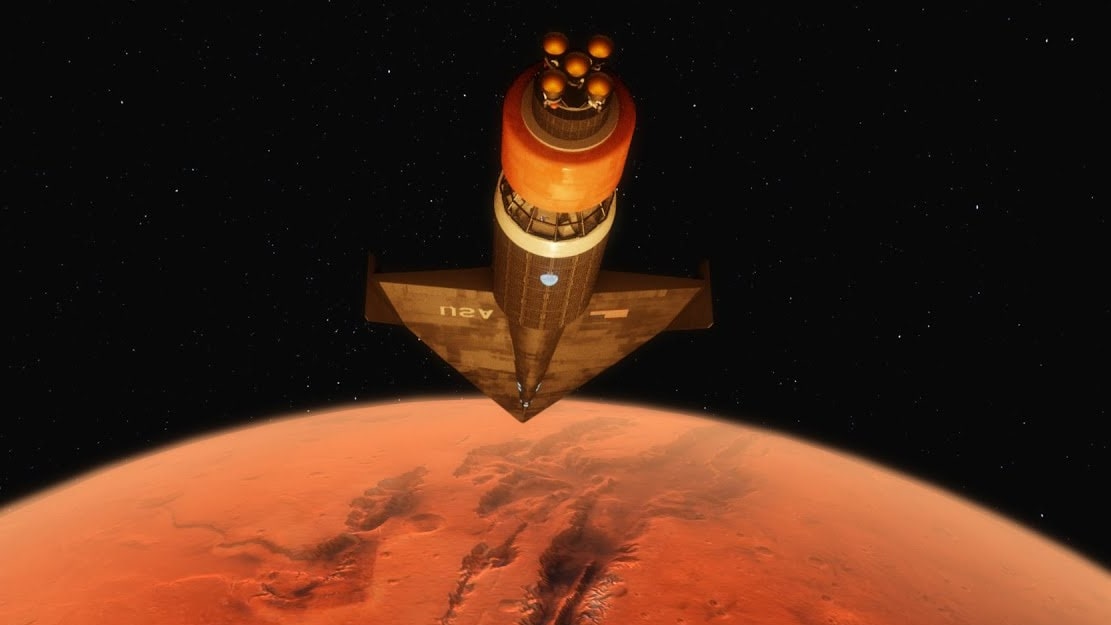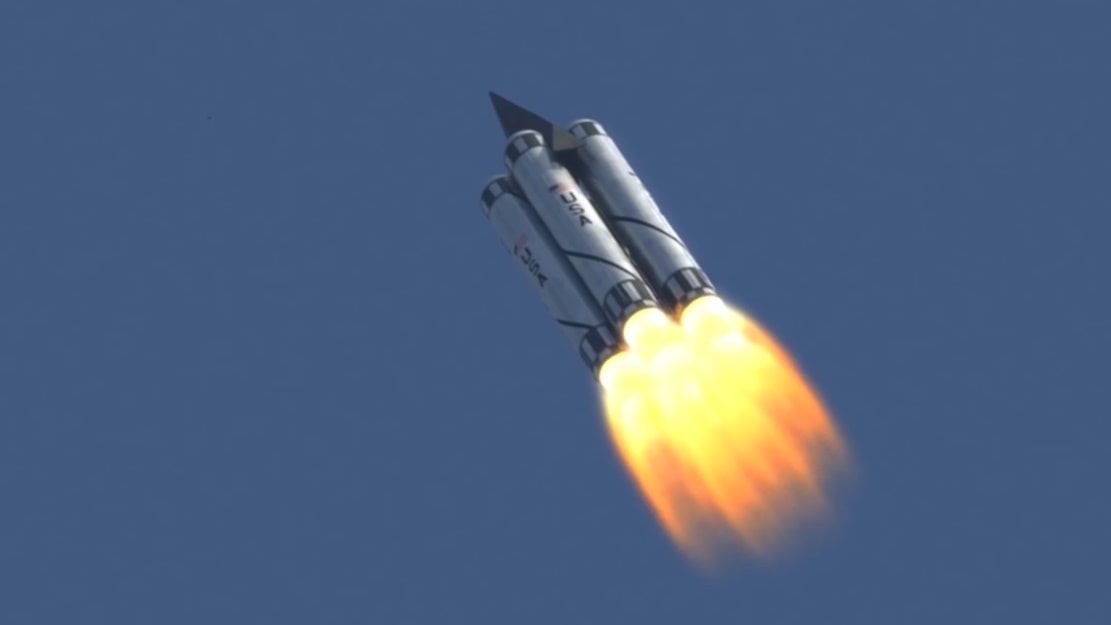In the year 1960, Philip Bono, a highly specialized Space Vehicle Design Specialist affiliated with the Boeing Airplane Company, formulated a conceptualization of a pioneering manned spacecraft intended for Mars. The outward visage of this spacecraft was fashioned in a manner which exhibited similarities to the X-20A Dyna-Soar single-seat orbital glider concurrently under development at his organization on behalf of the United States Air Force.
source/image(PrtSc): Hazegrayart
However, Bono’s cerebral rendition of the Mars glider embodied noteworthy dimensional dissimilarities when compared to the Dyna-Soar — namely, it was of an enormity that was capable of accommodating an eight-man “expeditionary force,” and nearly 40 tons of supplies and equipment. The prodigious Mars glider boasted a flat-bellied physique that spanned a monumental 125 feet in length, and an impressive 95 feet across its delta wings.
source/image(PrtSc): Hazegrayart
The Mars glider, once fully assembled and loaded with liquid hydrogen and liquid oxygen propellants, stood at a towering height of 248 feet, weighing in at an impressive 4150 tons. This colossal spacecraft was encompassed by six elongated outboard booster rockets, designed to enshroud and conceal the short booster, living module/rocket stage, and the majority of the aft portion of the glider.
Advertisement
Bono’s original vision of the Mars glider was equipped with scientific instruments that would enable it to scrutinize the Red Planet’s surface and atmosphere. This glider would harness the power of its wings to generate lift, and it would have been controlled remotely from the mother ship. The spacecraft would have been launched from a mother ship which was stationed in orbit around Mars.
Even though the Mars Glider concept never came to complete fruition nor was it ever launched, it nevertheless played a consequential role in the technological advancements of other Mars exploration technologies. Additionally, this epoch-making conceptualization inspired a plethora of forthcoming space exploration concepts./via












